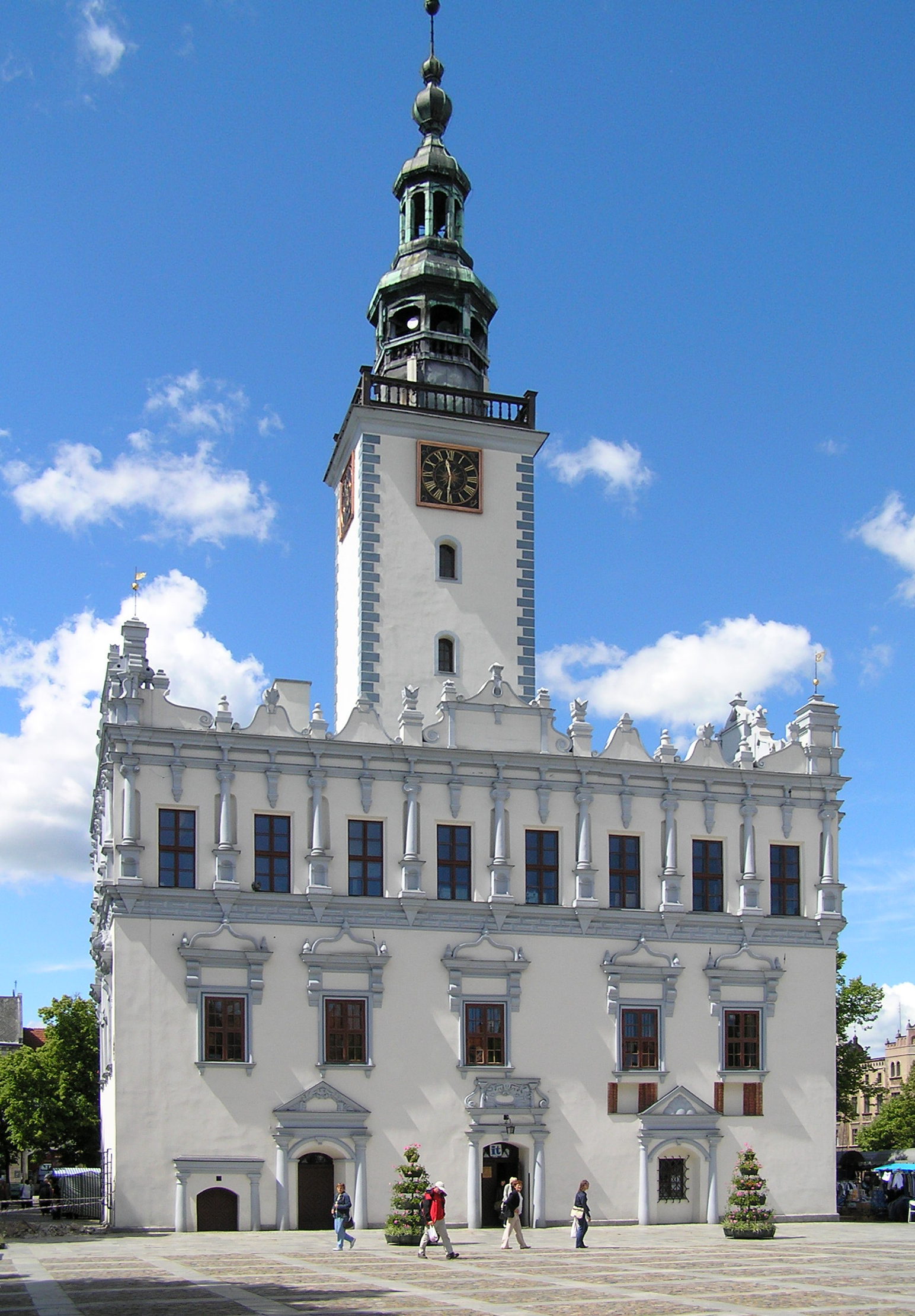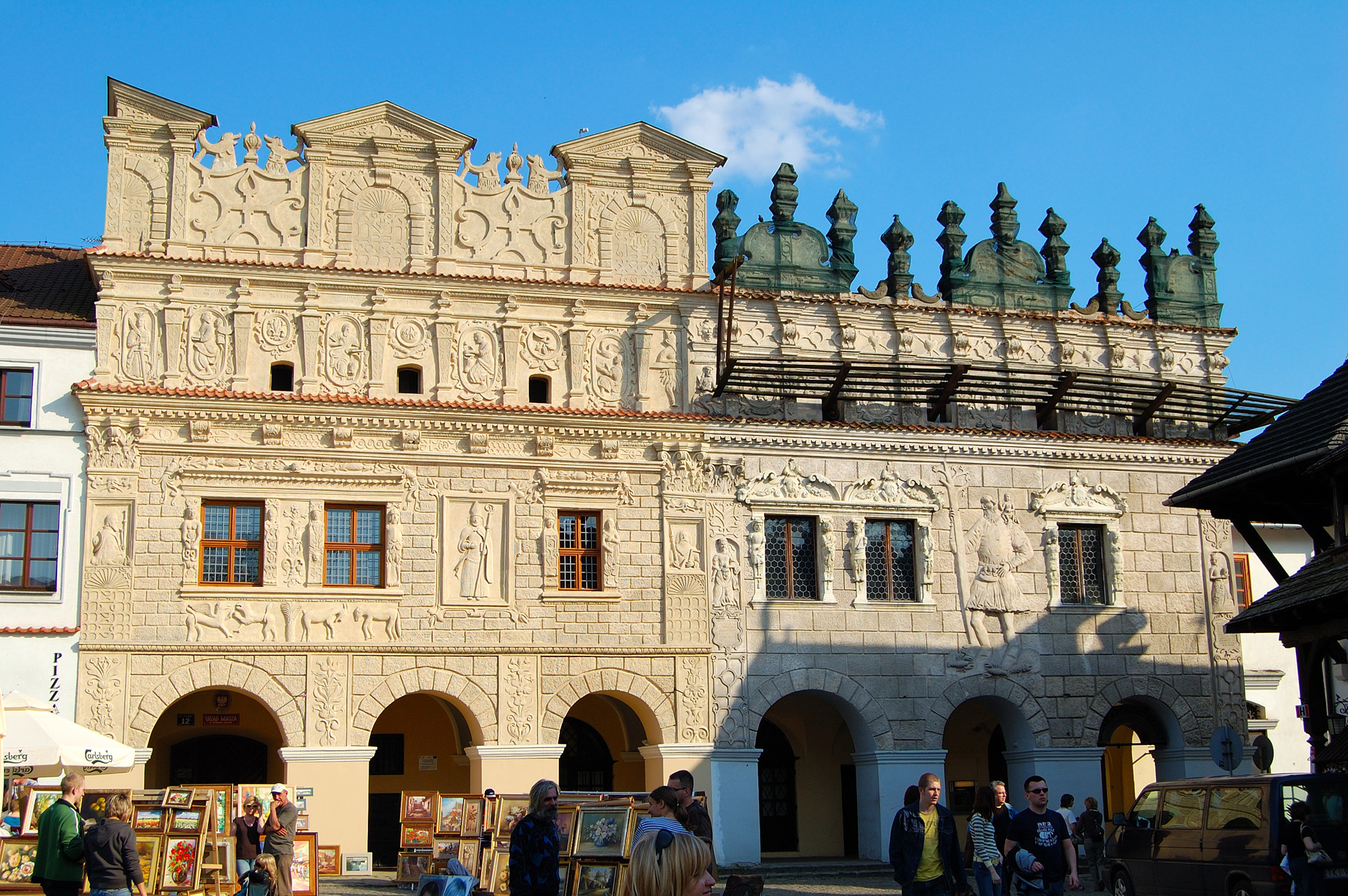I know nothing of what went on in Poland during the renaissance
I think the two key areas where Poland (and later Pol/Lit Cth) 'did something' during the Renaissance period were in the fields of Constitutional/legal reforms and military theory.
Poland was the only country in Europe to have in place a gradually increasing volume of laws and Constitutions essentially de-centralising 'power' away from the monarch, thus paving the road away from centralised, autocratic and absolutist rule.
Whilst the 'power' of the ruler was diminished somewhat, it was more the case as I see it that the ruler was to be held accountable, and hamstrung in regard to any machinations toward autocratic rule, rather than being politically impotent. I think it was Davies who suggested that as a consequence of the Pacta Conventa and the Henrican Articles (amongst others), no king of Poland could have aspirations other than being a closely monitored manager of a body politic. That said, a competent monarch, such as Batory, wielded power effectively, ensuring that the checks and balances against unilateral and arbitrary exercise of power were rarely evoked by carefully navigating through what he could and could not do.
Whilst these political/constitutional imperatives may seem commonplace and unremarkable to us relative to today's democratice principles, it must be remembered that the context to which these reforms took place, against the European backdrop of absolutist leanings at the time, were quite simply remarkable.
 PolishForums LIVE / Archives [3]
PolishForums LIVE / Archives [3]

.jpg)


